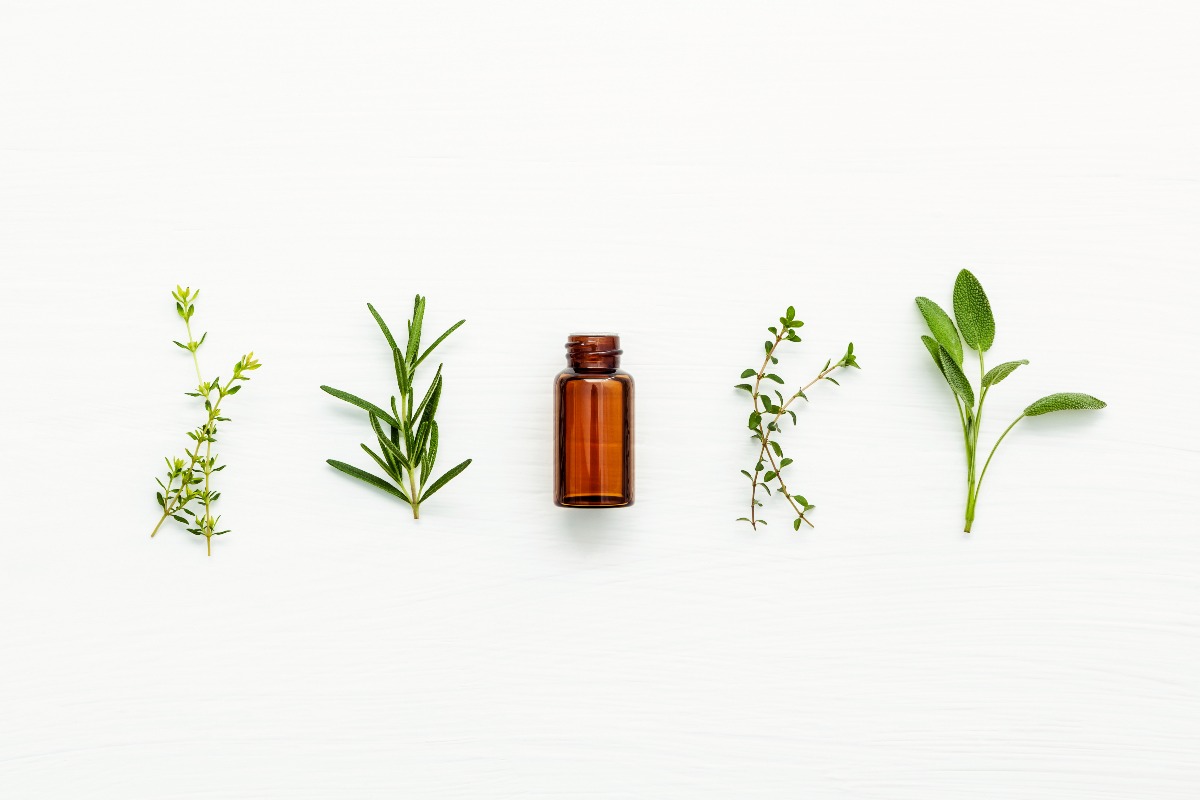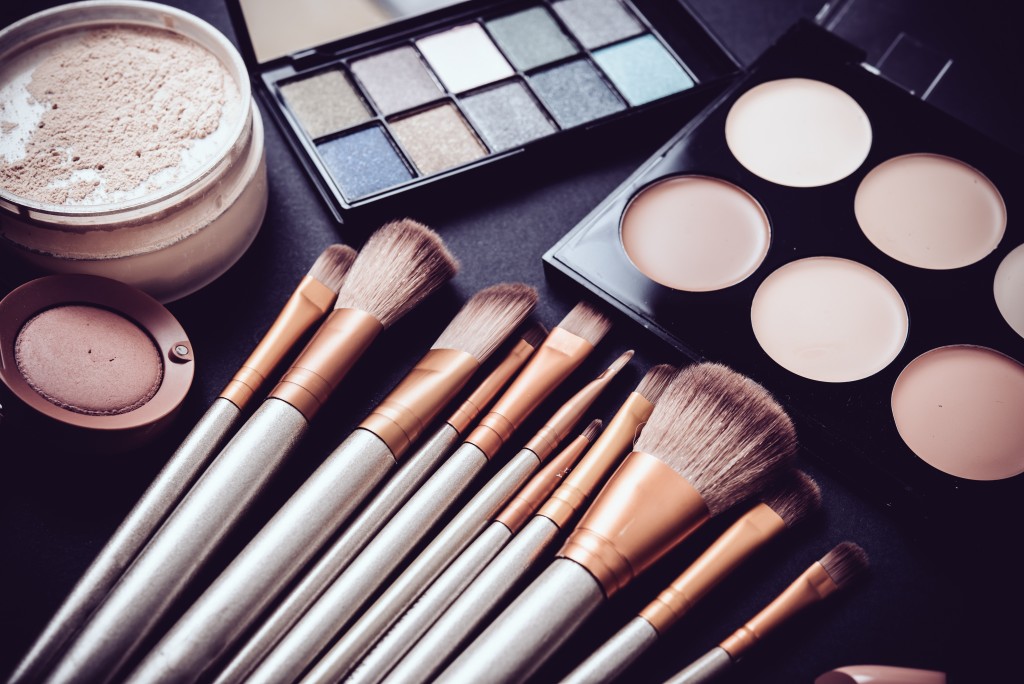Everybody has different beauty standards, and we likewise vary in the degree of priority we assign to maintaining a beautiful appearance.
But we can’t deny that the way we look affects how others perceive and respond to us. It influences our self-esteem and social interactions. In these ways, beauty is closely interlaced with our health and well-being.
It’s good if you’re able to accept flaws and not subscribe to unreasonable standards of beauty held by others. Yet this doesn’t mean we should neglect skincare and other beauty routines any more than we should skip exercising or eating nutritious food.
As with your physical and mental health, you’re better off from making an effort to look good. The problem is that one size doesn’t fit all in this regard, and the tools at our disposal aren’t even that well-regulated to begin with.
A mix of factors
Our overall health is the result of a complex interaction of factors. Some of these are intrinsic, like genetics or family background: we can’t do much, if anything, to change them.
Other factors, like your diet or level of physical activity, are fully controllable. You also have considerable influence over who you hang out with or what sort of environments you’re exposed to, which further impact your health.
The skin, which plays a major role in determining the subjective matter of beauty, is likewise subject to multiple interacting factors. Intrinsic factors of the skin leave some people more or less sensitive to topical application of products. Our personal habits, stress levels, and other lifestyle elements add further layers to this complexity.
The first thing to keep in mind, then, is that our bodies can always react differently to even slight alterations in beauty practices. You’d be wise to take care and introduce any changes slowly.
Regulatory matters
The beauty products you can find in the supermarket or specialty stores don’t just get there through a simple supply chain. Whether it’s a big pharma company, or private label cosmetics brands working with manufacturers to deliver small batches of innovative products, everything is regulated.
However, even as of 2021, the law doesn’t give the FDA authority for approval regarding personal care products. These aren’t considered drugs but fall into a general category of ‘cosmeceuticals.’ In this category, the FDA only concerns itself with the use of color additives, prohibited ingredients, and proper labeling.
This leaves the companies themselves responsible for ensuring the safety of their cosmeceutical products. And as you’d expect, some companies exercise greater diligence in this regard compared to others. Budget is a factor: those with more financial flexibility or established operations will afford more extensive and rigorous testing of their products.

The natural movement
A knock-on effect of this loose, ill-defined level of standards and testing is the rise of “natural products” in the beauty industry.
High-profile cases against the likes of Johnson & Johnson for baby powder causing cancer, or WEN for hair conditioner causing hair loss, have negatively affected public sentiment. Research also suggests that the use of chemicals such as phthalates, parabens, and sulfates should be avoided in cosmeceuticals.
Thus, natural beauty products tout their use of safe ingredients. They offer peace of mind and are strategically poised to disrupt the market by taking advantage of public skepticism towards big companies.
Yet again, this leads back to the problem of regulation. If anything, beauty products made by small companies and cottage industries must overcome greater hurdles to be tested for potential adverse effects on a wider slice of the population.
A scientific and personalized approach
When it comes to your beauty routines and which products you use, there’s no template for successful, safe results.
The industry is flawed by a lack of regulatory oversight. And consumers are prone to being misled by marketing claims.
You shouldn’t have a blanket distrust of mass-produced cosmeceuticals. Neither should you blindly believe that anything natural-made will never cause a skin allergy or other adverse reaction.
Know the difference in terms and claims. Something that’s consumer-tested has undergone less extensive or rigorous scrutiny than a product that’s clinically tested, which in turn is held to lesser standards than one that’s clinically proven. The same goes for ‘dermatologist-tested’ versus ‘dermatologist-approved.’
The label is a great starting point for further information since it’s the one aspect of a product that’s actually been looked at by the FDA.
Do your own science. The dose makes the poison, so always use a new product sparingly. Observe for any reactions, note the ingredients, and cross-reference those with other products you use. That way, you can identify which ingredients are safe and which ones might be harmful. Small changes, tracked over the years, will lead to personalized beauty practices that work for you.




